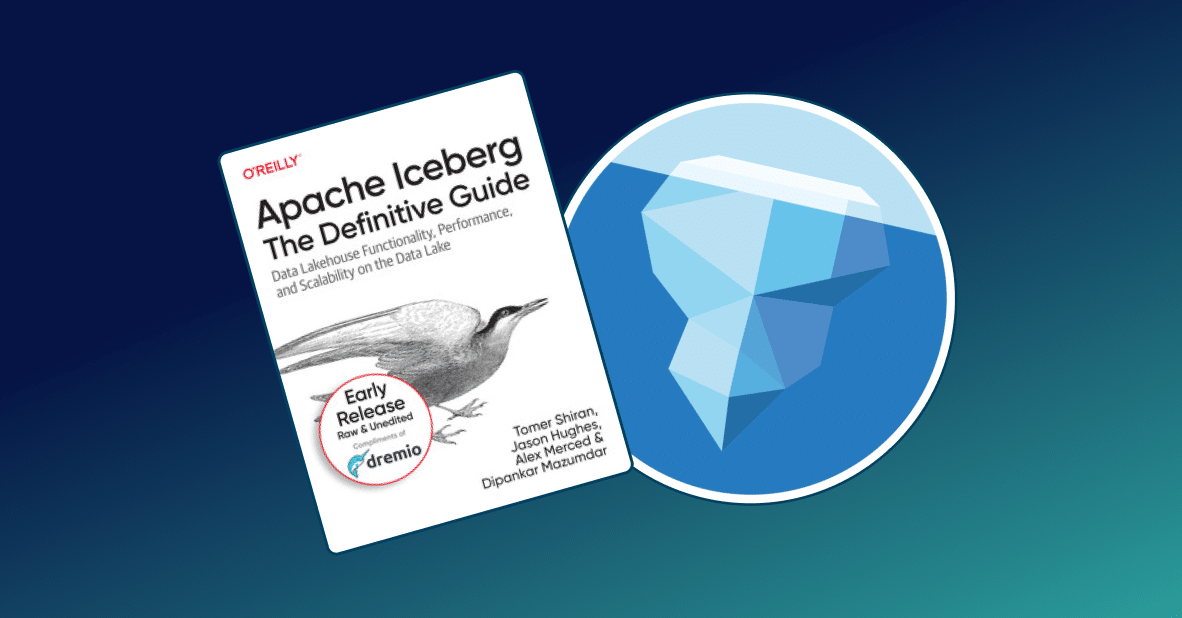
A data pipeline moves data between systems. Data pipelines involve a series of data processing steps to move data from source to target. These steps may involve copying data, moving it from an on-premises system to the cloud, standardizing it, joining it with other data sources, and more.
Why Is a Data Pipeline Important?
Businesses generate massive amounts of data, and for that data to deliver value to the business, it needs to be analyzed. In traditional data architectures, data pipelines play an important role in readying data for analysis. A data pipeline might move data from a source system, such as business expense records, to a landing zone on a data lake. From there, the data travels through various processing steps to a data warehouse where it can be used for analysis.
Businesses that rely on data warehouses for analytics for BI reporting must use numerous data pipelines to move data from source systems, through multiple steps, until it is delivered to end users for analysis. Without data pipelines to move data to data warehouses, these businesses aren’t able to maximize the value of their data.
Businesses that have adopted a data lakehouse are able to reduce the number of data pipelines they need to build and maintain, because a no-copy lakehouse architecture minimizes data movement.
Example of a Data Pipeline
Data pipelines are built for many purposes and customized to a business’s needs. Let’s look at a common scenario where a company uses a data pipeline to help it better understand its e-commerce business.
Imagine you have an e-commerce website and want to analyze purchase data by using a BI tool like Tableau. If you use a data warehouse, you will want to build a data pipeline to move all transaction data from a source system to your data warehouse. From there you might build a data pipeline from the data warehouse to create cubes or aggregates to make the data easier to analyze by Tableau.
Alternatively, if you use a data lakehouse, you might have a pipeline from the transaction source system to your cloud data lake. BI tools like Tableau can then query the data directly in your cloud data lake storage.
Steps in a Data Pipeline
Many data pipelines involve using common steps, such as:
Ingestion:Ingesting data from various sources (such as databases, SaaS applications, IoT, etc.) and landing it on a cloud data lake for storage
Integration: Transforming and processing the data.
Data quality: Cleansing and applying data quality rules.
Copying: Copying the data from a data lake to a data warehouse.
For many of these steps, data pipelines make use of ETL tools to extract, transform, and load the data from source to destination.
Challenges with Data Pipelines
Data pipelines can be similar to “plumbing” infrastructure in the real world. Both are important conduits that fulfill critical needs (to move data and water respectively). And both can break and require repairs.
In many organizations, a data engineering team will build and maintain data pipelines. As much as possible, data pipelines should use automation to reduce the manual work required to oversee them. But even with automation, organizations may experience the following problems with data pipelines:
Complexity
Enterprises may have thousands of data pipelines. At that scale, it can be difficult to understand what pipelines are in use, how current they are, and what dashboards or reports depend on them. Everything from regulatory compliance to cloud migration can be more difficult in a complex data landscape with many data pipelines.
Cost
Creating new pipelines can be costly at scale. Changes in technology, cloud migration, and requests for new data for analysis can all require data engineering and developers to spend time creating new pipelines. Maintaining numerous data pipelines can also increase operations costs over time.
Slow Performance
Depending on how data is being copied and moved through your organization, data pipelines can result in slow query performance. Particularly in environments that rely on numerous data copies or use a data virtualization solution, pipelines can be slow when there are numerous concurrent requests or huge data volumes.
Dremio and Data Pipelines
Dremio’s forever-free lakehouse platform enables organizations to run lightning-fast BI queries directly on cloud data lake storage, without having to move or copy data to data warehouses. With Dremio, businesses can minimize the number of data pipelines they must build and maintain.
Sign up for AI Ready Data content


